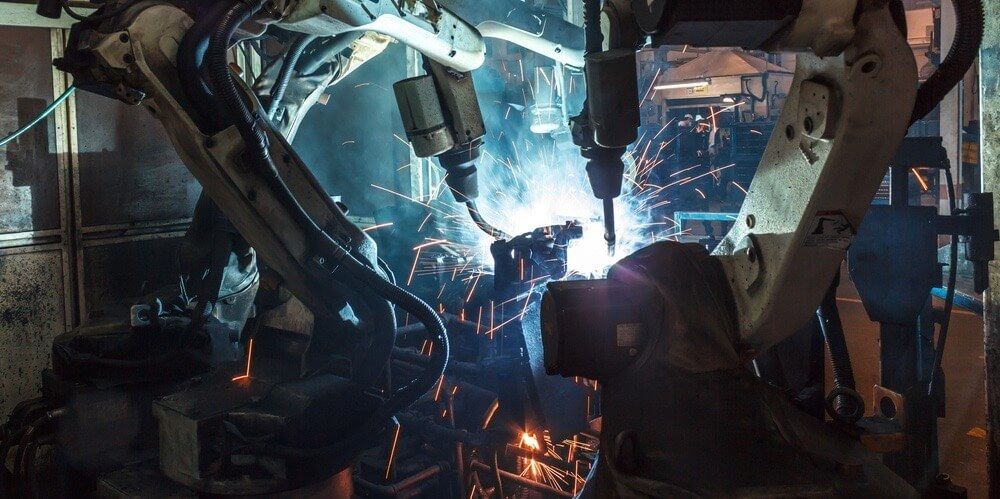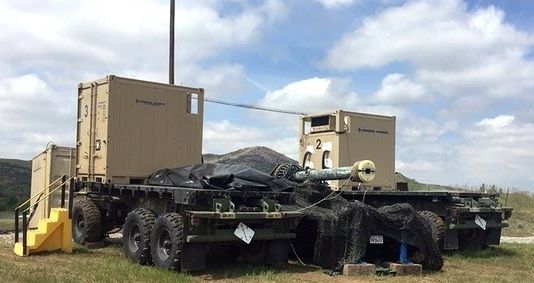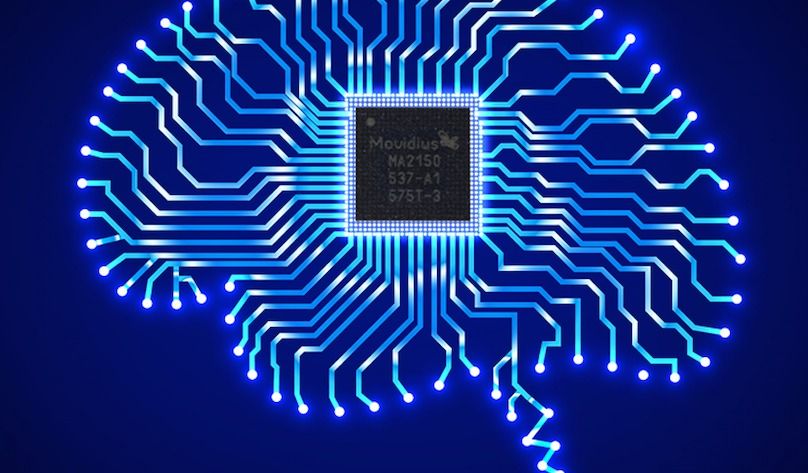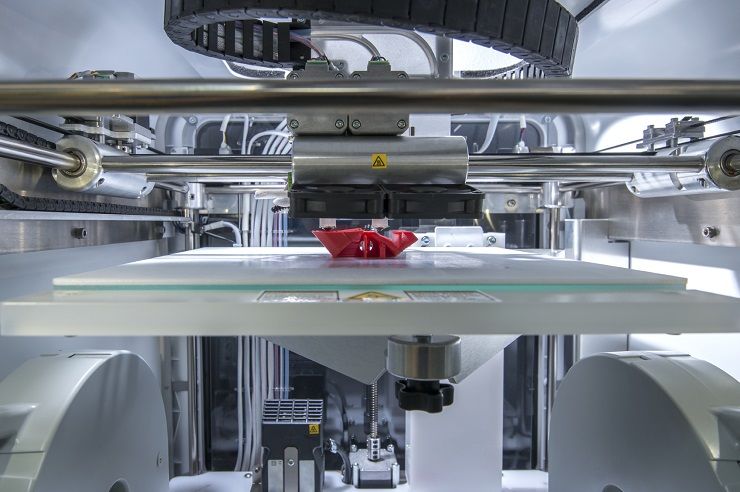If you’ve been staying on top of artificial intelligence news lately, you may know that the games of chess and Go were two of the grand challenges for AI. But do you know what the equivalent is for robotics? It’s table tennis. Just think about how the game requires razor sharp perception and movement, a tall order for a machine.
As entertaining as human vs. robot games can be, what they actually demonstrate is much more important. They test the technology’s readiness for practical applications in the real world—like self-driving cars that can navigate around unexpected people in a street.









